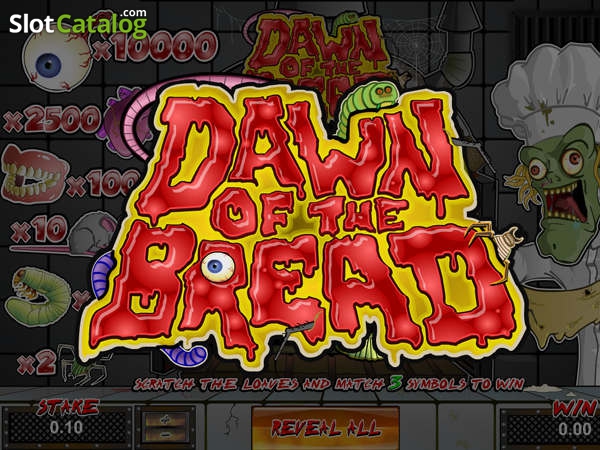
(I'm staying at the university halls of residence with one other man and three women. It's coming up to Halloween and we're all talking about what we should do for a party.) Woman #1: 'We should decorate. You can do those paper folding things.' Me: 'It's called origami, and I could.' Woman #2: 'We should. At Dawn we know that our bakers have a variety of needs for Artisan style breads. From rich grain breads, and European style to our long tradition in Canadian Classic style bread products that help deliver premium quality, authentic Artisan style breads that consumers demand.
Grain is the small edible fruit of cereal plants. Grain is ground into flour at a mortar or watermill and baked to make bread. It is the key ingredient for beer, a morale-boosting beverage. Grain is one of the most durable foods available, and is the best resource for sustaining larger populations, even if processing it is more labor-intensive. Grain is planted in Spring and harvested in Fall. Harvested grain keeps for 2 years and can be used as fodder for livestock but it is better to use straw. Aristocrat mark vi.
Grain Crops[edit | edit source]
Grain-producing crops are also sometimes called grain in common parlance but technically bear specific, varietal names. In Dawn of Man there are four types: Einkorn, Emmer, Barley, and Rye. Each cereal has its own strengths, but crop diversity lowers the risk of disease destroying an entire food supply.
Kazino igri besplatno. Einkorn
Emmer
Barley Caesars slot spin casino game.
Rye
Settler crushing grain to make flour
Immature barley in summer
- Einkorn
- A low-yield, ancient hulled wheat common to hill country. A shorter variety, einkorn is one of the first domesticated cereals. It is 25% more resistant to disease.
- Emmer
- a hybridization of wild wheat, collected as one of the first domesticated cereals. Emmer has a chance for 25% extra grain on harvesting.
- Barley
- A hardy, nutritious grass discovered alongside einkorn and emmer but gives a 25% chance of yielding more straw.
- Rye
- a cold-resistant, well-rounded Copper Age crop. It has a 15% resistance to disease and 15% chance of yielding more grain.
Values[edit | edit source]
White orchid slot machine casino wins. Worth 1 value in all eras.
Notes[edit | edit source]
Wild grain is a staple of Neolithic hunter-gatherers and can be collected by hand once Grain Processing has been developed.
Archaeologists working at Shubayqa 1, a site in northeastern Jordan, found tiny fragments of an ancient unleavened bread as they were excavating a hearth. Games by gsn. The site was made by people of the Natufian culture, 14,400 years ago. The paper describing the discovery, by Amaia Arranz-Otaegui and coworkers, documents the use of a mixed unleavened dough to make bread more than 4000 years before the introduction of agriculture in this region of the world.
The paper includes a photo of the fireplace and structure where the team found the oldest of the charred bread remains. It is one of the most beautiful site photos I've ever seen in an archaeological paper:
Many of the bread fragments showed evidence of grain from various species. But five of them were a mixture that included tubers from a plant known as the club rush.
Ethnobotanical and experimental evidence indicates club-rush tubers are best consumed as gruel or flour to make bread, instead of boiling or steaming (18, 19). Pure club-rush tuber bread is brittle, crumbly, and flaky, but the addition of bread wheat (Triticum aestivum) flour (i.e., gluten) allows for the production of elastic dough that can be pressed onto the walls of a tandir-type oven structure and be baked (18). Evidence for cereal and club-rush tuber preparations have been identified at late Neolithic sites in Turkey (2) and The Netherlands (20). The finds from Shubayqa 1 suggest a considerably earlier date for their dietary use.
Dawn Of The Bread Loaves
Dawn Of The Bread Loaves
It's a fascinating discovery that adds perspective to the systematic use of various wild plants and food preparation in these semi-nomadic people.

